The “hero” of our story is a young woman named Ingrid Thorburn (Aubrey Plaza). See was just recently released from a mental hospital after she attacked a “friend” (actually just someone she followed on social media) of hers with mace after not being invited to her wedding. Desperately looking for purpose in her life following this incident as well as the death of her mother, Ingrid stumbles upon the Instagram account of an influencer named Taylor Sloane (Elizabeth Olsen). Enchanted with her seemingly fairy-tale life, Ingrid decides to drop everything and use her inheritance to move to Los Angeles. Once there, she hatches a plot to “bump into” Taylor so that she can become friends with her. And things only get stranger from here.
Ingrid Goes West is a difficult film to classify, possessing elements of psychological thriller, comedy, horror, and social satire. It very much reminds me of the films Nightcrawler and The Wolf of Wall Street, in that it is a movie which is very clearly meant to make its audience feel uncomfortable. Like the protagonists of those movies, Ingrid is a very unsympathetic character- she’s manipulative, insecure, delusional, and honestly kind of pathetic to watch. She constantly seeks validation from others and sees no problem in consistently lying to them and using them for her own purposes. And as the film goes on, we see more and more that the violent behavior which once landed her in a mental hospital may not have been an isolated incident. It is a testament to Aubrey Plaza’s phenomenal acting ability that she can make such an unsympathetic character so fascinating to watch, expertly portraying Ingrid’s entire range from simply pitiful to completely horrifying. Between this and her performance in FX’s Legion, she is rapidly becoming one of my favorite actors.
In addition to its focus on Ingrid’s less fortunate characteristics, the film also puts modern social media in its crosshairs. Although Ingrid’s behavior is horrifying, much of it is amplified and fueled by her addiction to social media in general and Instagram in particular. Using both the desperately insecure Ingrid and the completely fabricated and shallow Taylor, the film savagely satires modern social media culture. Much like what Get Out did with modern American race relations, Ingrid Goes West shows how horror can be mined from a very real and contemporary topic.
And on top of all of this, the film is also pretty funny. The comedy mostly stems from the absurdities that Ingrid will go to feel validated and wanted, but the film also pokes fun at the fake “authenticity” and vapidity of social media culture. The movie also enjoys initially setting up its characters as seemingly simple archetypes and then slowly deconstructing as we see that they have more depth than we initially assumed, for both comedic and dramatic effect. Overall though I wouldn’t say the film is primarily as a comedy, as most of the humor is used to enhance the horror in the film instead of distracting from it.
A very complex film, Ingrid Goes West is above all a film that arrived at the right cultural moment. A film about the quiet and subtle horror of social insecurity and the social media which helps to fuel it, it feels right in this post-Get Out and post-truth world. It’s not a film that I think most will enjoy in the traditional sense, but sometimes it’s good to see something that makes your skin crawl.
Grade: A
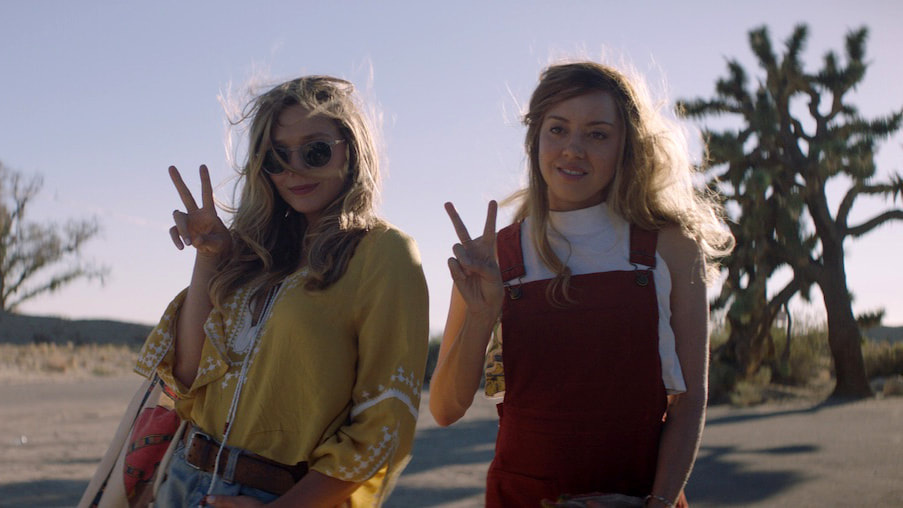
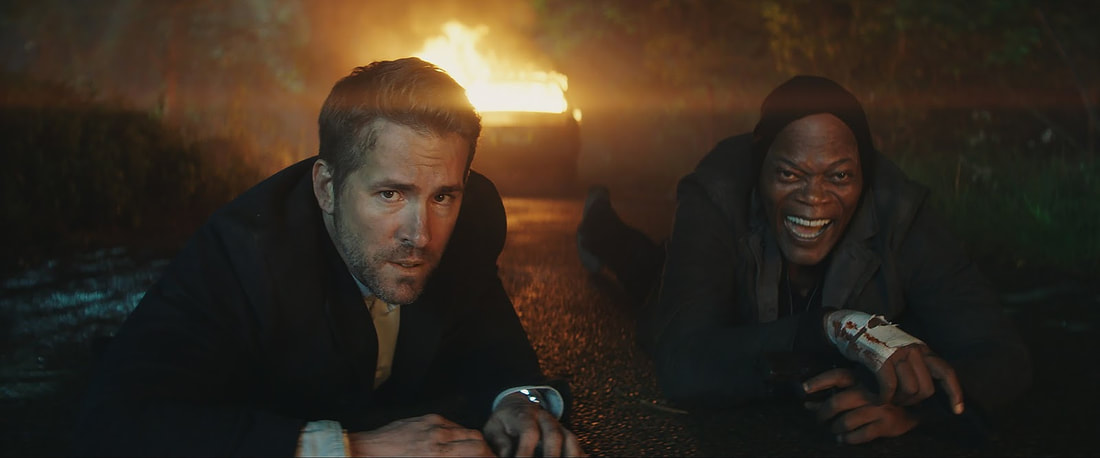
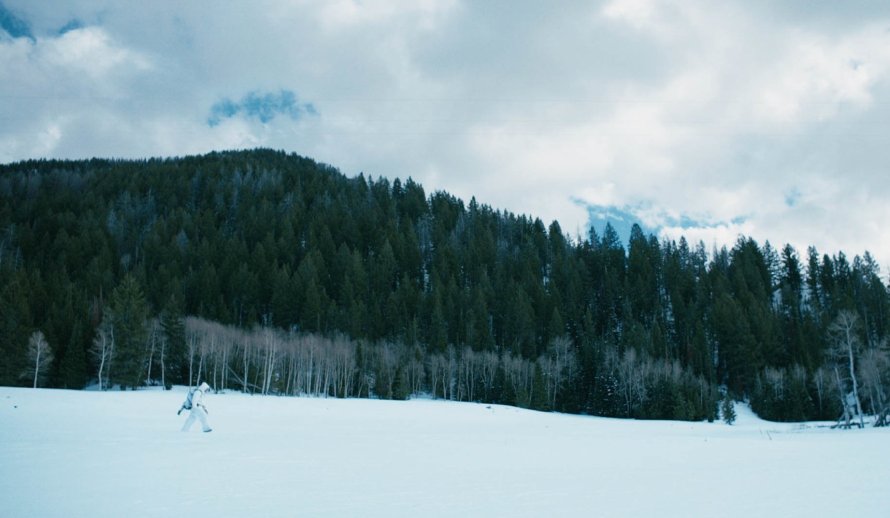
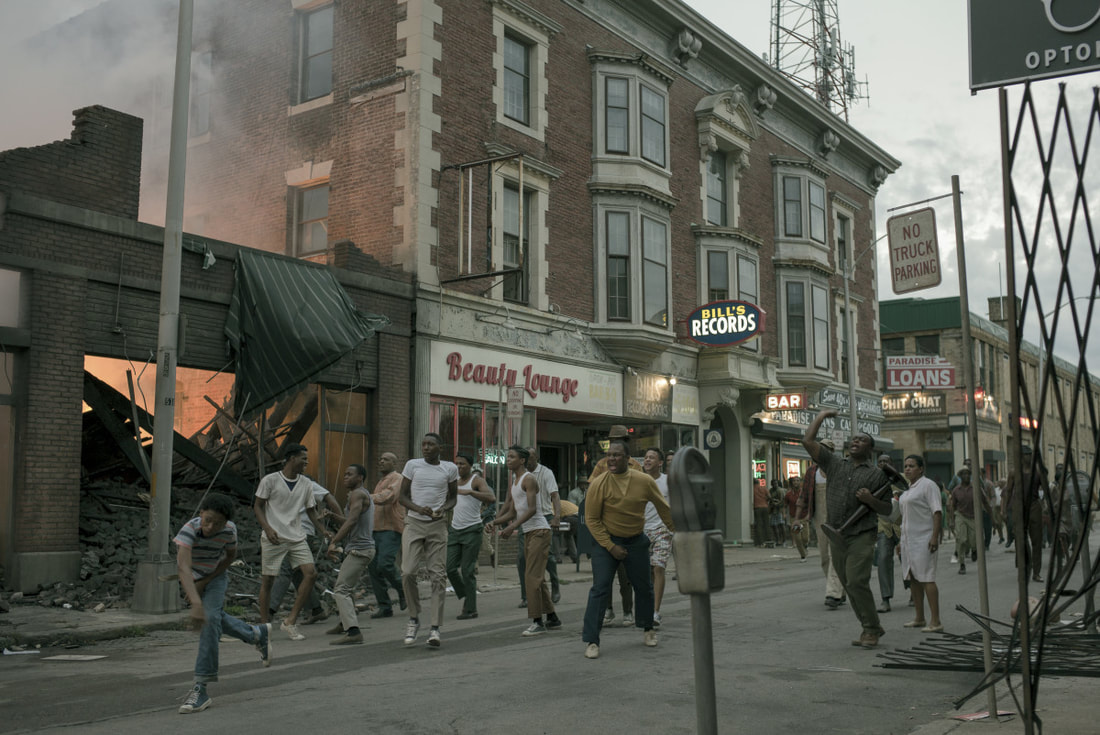
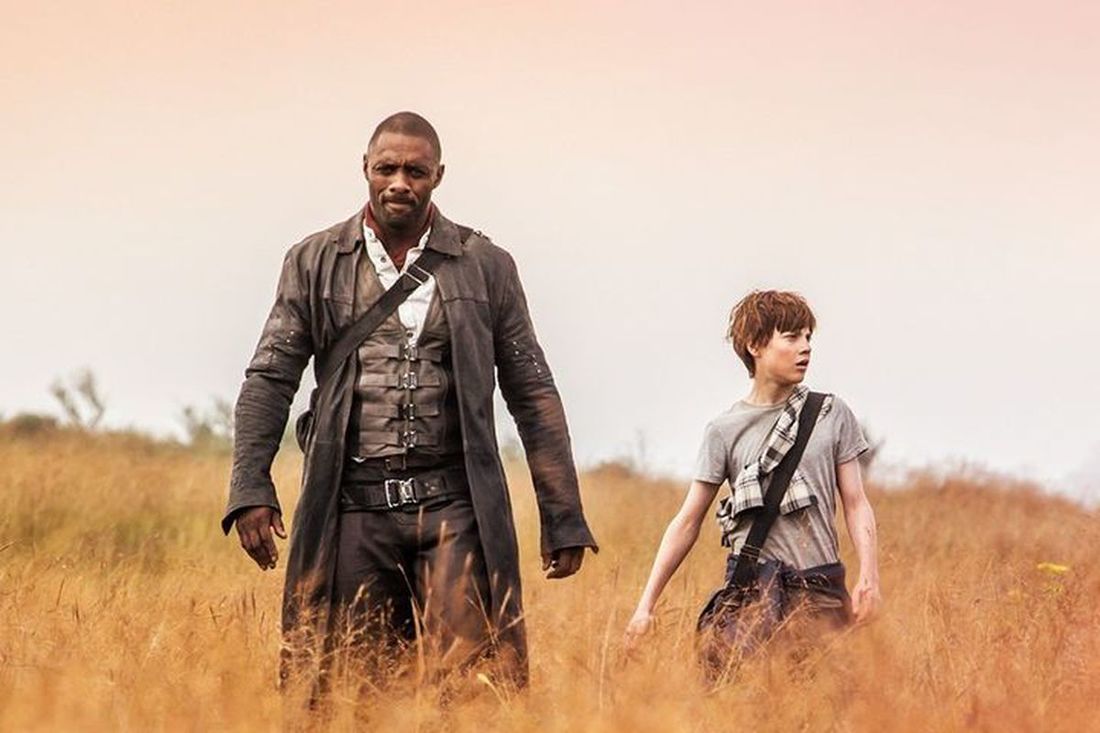
 RSS Feed
RSS Feed
